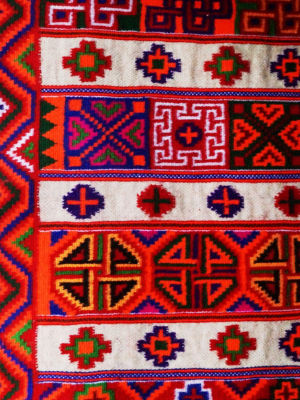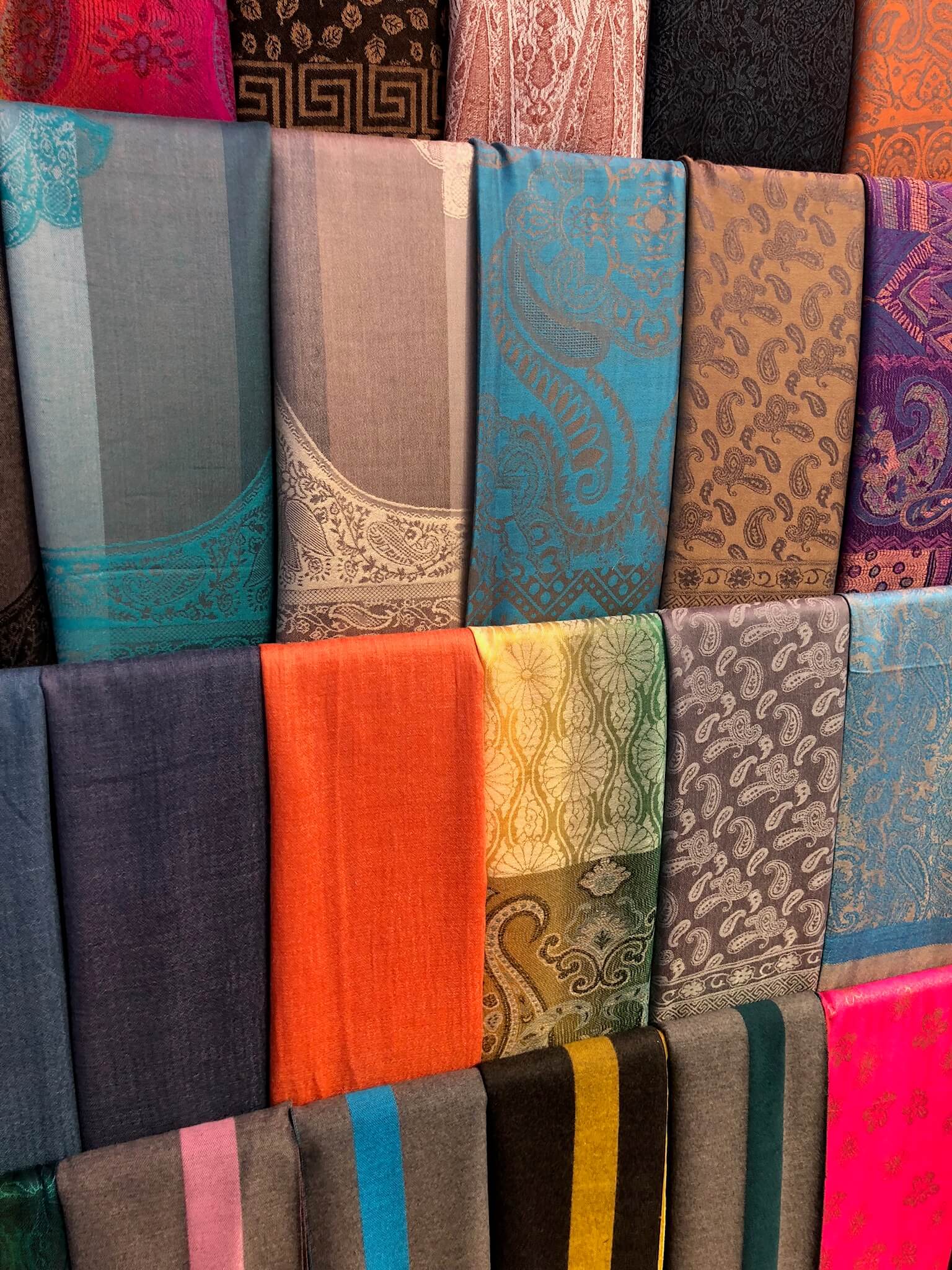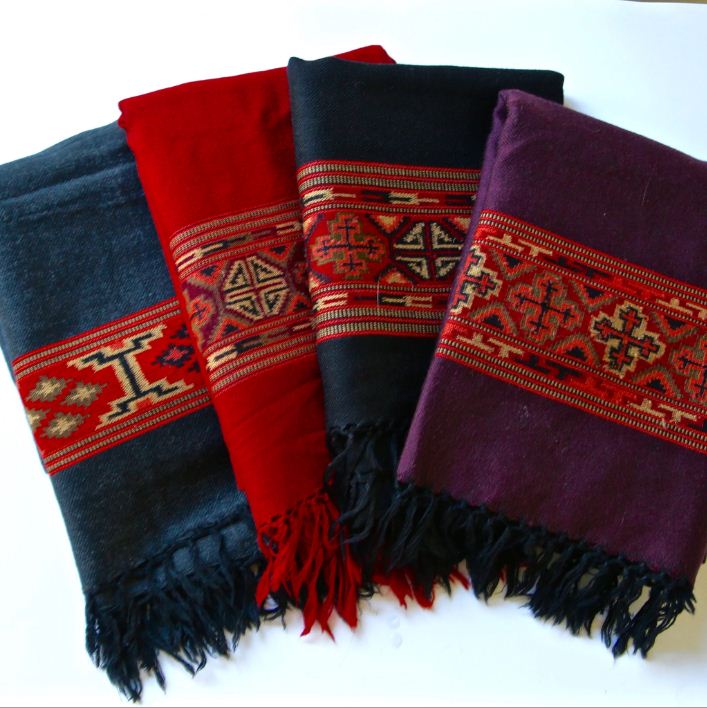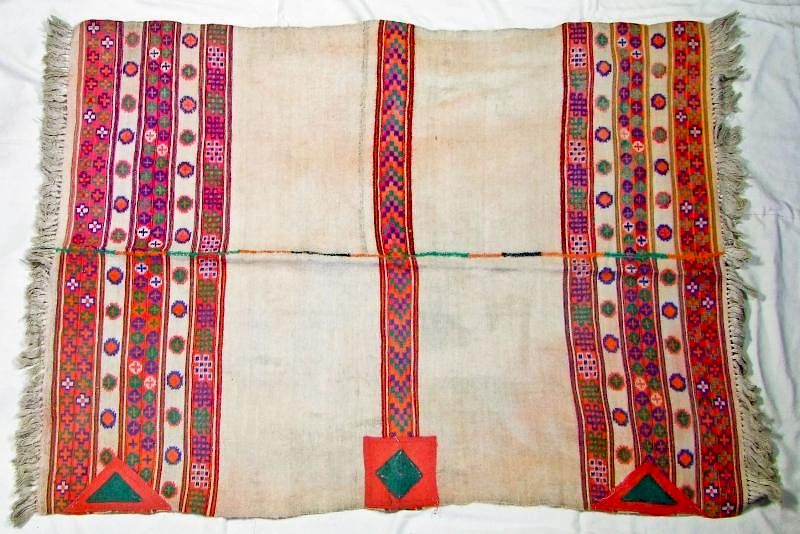Attractions in Himachal Pradesh | Rakkh Luxury Resorts in Himachal Pradesh
The beautiful state of Himachal Pradesh, also known as “Land of the Gods”, is filled with diverse experiences, food, crafts and people. People with different religions, beliefs, tribes and occupations live here together peacefully in complete harmony. Situated in the base of the great snowy Himalayan ranges, Himachal Pradesh boasts of very cool and pleasant weather most of the year but can be somewhat chilly for some time. This is well-reflected in their attire, a good amount of which is suitable for freezing cold weather conditions. They use the natural resources available to them and traditional techniques used by their ancestors to make thick woollen and linen fabrics that keep them warm and cosy during the harsh winters. They wear their traditional dresses and costumes to respect and guard their diversity for the future. They protect their culture using different aspects of it in their daily lives, including ethnic costumes. The fabrics of Himachal are quite attractive as beautiful and vibrant colours of threads are woven together to make these pieces of attire. The costumes are amongst the main attractions in Himachal Pradesh as they are colourful, full of intricate and detailed embroidery and warm. Some fabrics popular here are Chamba Rumal and Thapada.
- Chamba Rumal
Chamba Rumal is a kind of embroidered handkerchief of the region popular during the Chamba Kingdom. It was embroidered in shapes like squares and rectangles and historically made of fine woven silk, muslin, khaddar. These embroideries were exquisitely needled and were known as ‘needle wonders’ of the state and were given as gifts in marriages. Both the front and back of the fabric showed beautiful motifs which were quite appreciated. Chamba Rumal is a heritage craft of Himachal Pradesh and is well-acknowledged by locals and visitors alike.
- Thapada

This is a fabric resembling a shawl woven by hand or specific machines only available in Himachal Pradesh. The embroidery is very unique and natural to the region. It is one of the most popular ethnic fabrics in the state. It was introduced in 1974 by the state government to promote weavers and handicraft artisans. Regions of Kullu, Chamba, Kinnaur and Lahaul are mainly known for weaving and knitting Thapada shawls.
- Pashmina

We have heard that Pashmina shawls are some of the most popular fabrics of northern India, especially the Kashmir region. But did you know that Himachal Pradesh also contributes a good amount to producing great quality Pashminas? They are made with wool acquired from Himalayan goats, namely Changthangi and Chegu. These goats provide wool that is extremely soft and warm even in the coldest of seasons. Annually, Himachal Pradesh produces about 1000 kilograms of Pashmina wool, making it one of the top Pashmina producers. These shawls take up to 11 months to be made and come in a number of different attractive colours. The embroidery on these shawls glows like no other because of the soft silk that is woven into it. The creation of these shawls is pretty expensive in material that lasts long and is quite labour intensive which is why it is price heavy. Known as cashmere all over the world, Pashminas are popular from Indians to the French and all in between.
- Kullu and Kinnauri Shawls

Kullu shawls were a way to make warm clothes for self during the pre-independence era of our country as it was hard to transport fabric and clothes to the hilly terrains. The people of these regions were forced to weave sheep and goat wool into Pattu in order to cover themselves up in harsh winter months. These warm shawls were initially made with goat, sheep, yak and pashmina wool and came in neutral colours like greys, browns and blacks. But now they are seen in multiple lively and pastel shades with geometrical shapes or floral motifs on them. Kinnauri shawls on the other hand are known for their finesse and intricacies. They are called as perfection and rightfully so. The motifs and designs are influenced by the culture of Central Asia and have symbols relating to religion and cultures. These take about 45 days to be made and come in various vibrant colours out of which five have specific meaning depicting elements of the planet. Blue represents ether, white is for water, red is for fire, green for air and finally yellow denoting the earth. Woven in two parts, these shawls are extremely labour-intensive which is why they are pricier than Kullu shawls.
- Lingchay

Handwoven shawl made with wool that is used as a shoulder wrap. Rural women of Spiti and Lahaul used to hand-weave these shawls. They have multiple colours and feature bands of geometrical patterns using eye-catching threads on a neutral background. These are statement pieces that highlight the culture and efforts of Himachali women.
Attire takes up a spot at the top for attractions in Himachal Pradesh not just for its beautiful colours and patterns, but for the cultural significance, history and efforts of the Himachali people to keep their traditions alive and thriving like never before. Do make sure to check out these exquisite wonders of handicrafts the locals have to offer here when you visit.